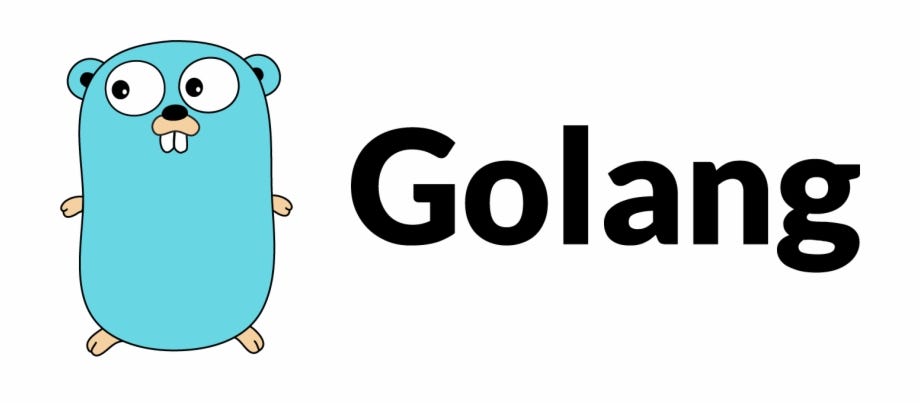A Beginner’s Guide to Installing Go (Golang) on Your System
Introduction to Installing Go (Golang) Go, also known as Golang, is a powerful and efficient programming language developed by Google. To start programming in Go, you first need to install it on your system. In this tutorial, we'll walk you through the steps of installing Go on various operating systems. Prerequisites Before you begin,…

